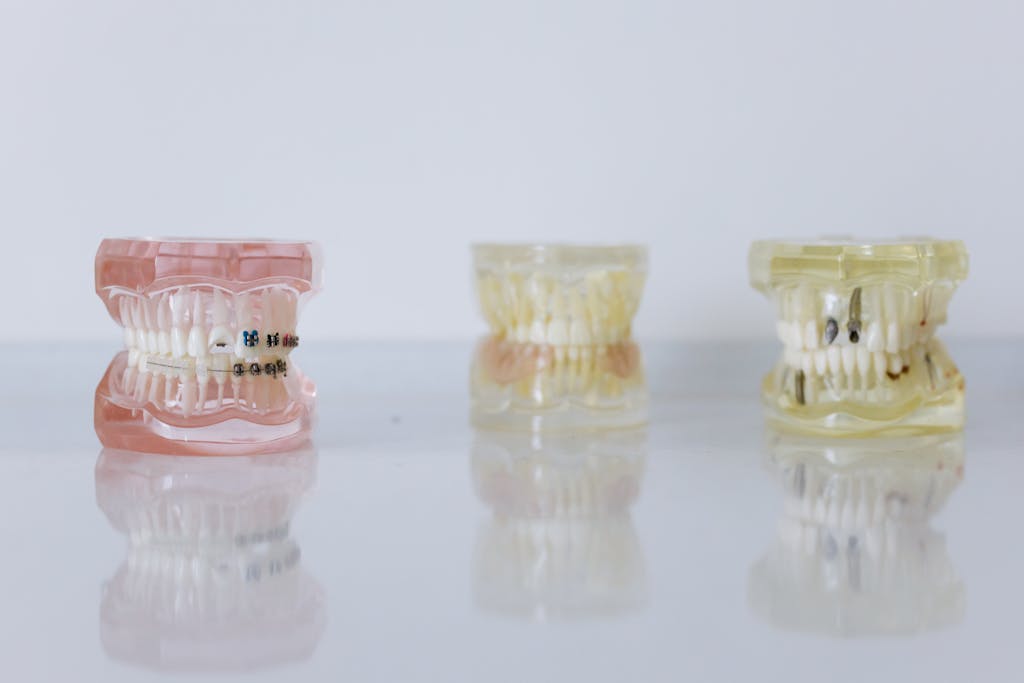Dental implants are a popular solution for replacing missing teeth. They offer a permanent and natural-looking option for restoring your smile. There are various types of dental implants, each suitable for different dental conditions.

Here are the main types of dental implants:
- Endosteal Implants: Endosteal implants are the most common type of dental implants. They are surgically placed into the jawbone and act as artificial tooth roots. Once the implant integrates with the bone, a crown is attached to the top, providing a stable and durable replacement for missing teeth. Endosteal implants are ideal for patients with sufficient bone density.
- Subperiosteal Implants: Subperiosteal implants are placed on top of the jawbone, but under the gum tissue. They consist of a metal framework with posts that protrude through the gums to hold the replacement teeth. Subperiosteal implants are suitable for patients with insufficient bone height or those who cannot undergo bone augmentation procedures.
- Mini Implants: Mini implants are smaller in diameter than traditional dental implants. They are used in cases where there is limited bone density or space. Mini implants are less invasive and often used to stabilize dentures or support temporary restorations.
- Zygomatic Implants: Zygomatic implants are longer implants anchored in the cheekbone (zygoma) rather than the jawbone. They are used for patients with severe bone loss in the upper jaw and provide an alternative to bone grafting procedures. Zygomatic implants offer a stable and reliable solution for full arch restoration.
The dental implant process involves several stages, including consultation, implant placement, healing, and restoration. Your dentist will assess your specific needs and recommend the most appropriate type of dental implant for you. Understanding the different types of dental implants can help you make an informed decision about your oral health.

Leave a Reply